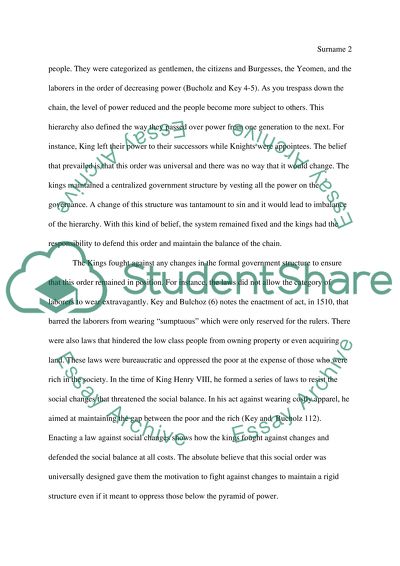Cite this document
(“The great chain of being Term Paper Example | Topics and Well Written Essays - 1500 words”, n.d.)
Retrieved from https://studentshare.org/history/1636310-the-great-chain-of-being
Retrieved from https://studentshare.org/history/1636310-the-great-chain-of-being
(The Great Chain of Being Term Paper Example | Topics and Well Written Essays - 1500 Words)
https://studentshare.org/history/1636310-the-great-chain-of-being.
https://studentshare.org/history/1636310-the-great-chain-of-being.
“The Great Chain of Being Term Paper Example | Topics and Well Written Essays - 1500 Words”, n.d. https://studentshare.org/history/1636310-the-great-chain-of-being.


